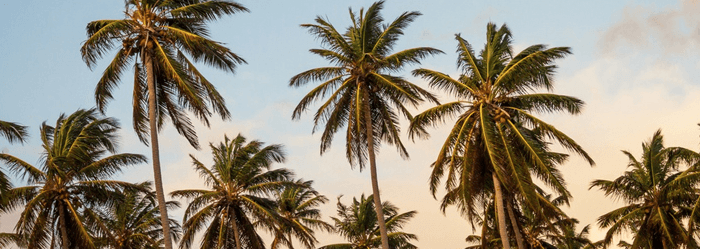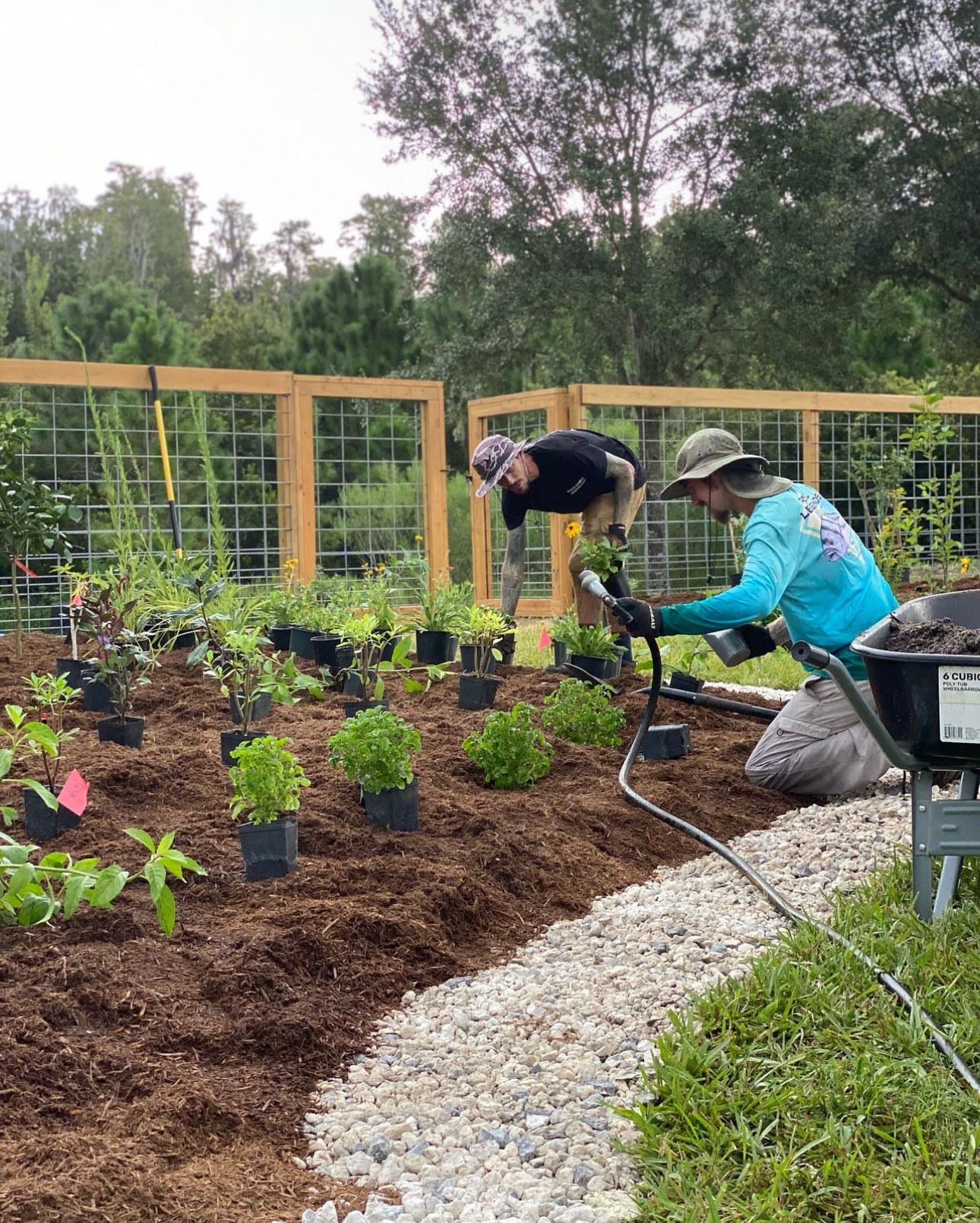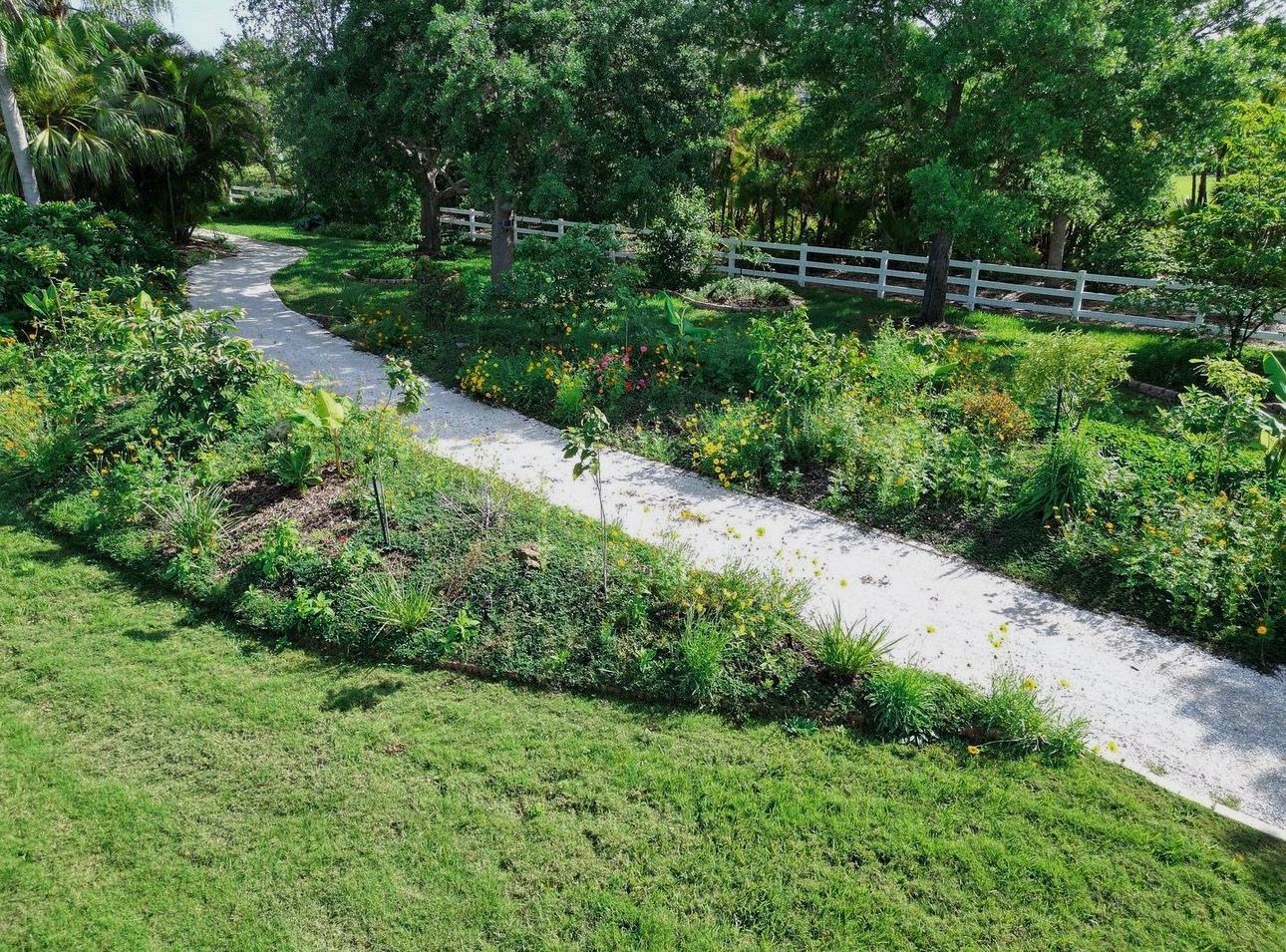Matthew Nadu
Discover Hurricane-Resistant Fruit Trees and Native Plants to Build a Resilient Food Forest that Thrives in Sarasota, Bradenton, Tampa, Orlando and Beyond.

As Floridians recover from the impacts of Hurricane Milton, many homeowners are taking a closer look at the resilience of their landscapes. With storms becoming more intense- whatever the reason may be-, it’s vital to create spaces that can withstand the harsh winds and heavy rains of hurricane season. For those looking to go beyond the typical palm trees and turf lawns, a hurricane-resistant food forest is not only an investment in the landscape but also a source of food security. By incorporating strong, wind-resistant native plants and carefully selected fruit trees, you can build a resilient, productive, and beautiful ecosystem that will thrive in the face of Florida’s unpredictable weather.
In areas such as Sarasota, Bradenton, Fort Myers, Naples, and Tampa, a strategically designed food forest, when properly pruned and cared for, can weather even the toughest storms and bounce back quickly. After Hurricane Ian, we were shocked by how resilient and how fast over food forest came back even stronger after suffering 100 mph plus winds. Here are the best hurricane-resistant fruit trees and native plants for your post- Hurricane Milton landscape, along with tips to make your edible garden as weatherproof as possible.
Why a Hurricane-Resistant Food Forest?
After Hurricane Milton, many residents are faced with damaged trees, eroded soil, and uprooted plants. While traditional landscapes are left bare and require extensive replanting, a well-designed food forest has the resilience to recover quickly and even thrive after a storm. Implementing hurricane-resistant fruit trees and native plants in your food forest can:
- Reduce wind damage by choosing strong, deep-rooted trees that anchor the soil.
- Minimize soil erosion with ground-cover plants that help retain soil and prevent flooding.
- Create food security by establishing a self-sustaining system that provides a steady source of fruits and herbs, no matter the weather.
Building landscapes that can withstand the storms of life is not just about the physical. As it says in Proverbs 24:10, “If you faint in the day of adversity, your strength is small.” Just like a well-rooted tree, resilience is built before the storm arrives. Designing a hurricane-resistant food forest is about creating strong foundations—both in the land and within our communities—so we can weather any storm and come out stronger together.
Top Hurricane-Resistant Fruit Trees for Florida Food Forests
- Avocado (Persea americana)
Avocado trees are surprisingly wind-resistant when properly pruned to maintain a compact shape. The Brogdon and Choquette varieties are especially resilient and perform well in Central and South Florida’s subtropical climate. They offer a high yield of nutritious, versatile fruit that’s a staple in many diets. - Mulberry (Morus spp.)
Mulberries are fast-growing, resilient, and produce abundant fruit, making them ideal for post-hurricane landscapes. The Ever-bearing mulberry variety is particularly hardy and can tolerate both high winds and heavy rains. Plant mulberries along the outer edges of your food forest to act as a wind buffer. - Mango (Mangifera indica)
Mangoes are a favorite throughout Florida, and the Glenn and Nam Doc Mai varieties are known for their wind resilience. These trees can be maintained at a manageable height, reducing the risk of storm damage. With the proper pruning and support, mangoes can become a staple in any hurricane-resistant food forest. - Loquat (Eriobotrya japonica)
Loquats are small, sturdy trees that handle high winds and excessive rain remarkably well. This drought-tolerant tree offers delicious, tangy fruit that can be eaten fresh or used in preserves and jams. Loquats are also fast-growing and require minimal maintenance. - Pigeon Pea (Cajanus cajan)
Pigeon peas act as both a food source and a support plant for young trees. Their deep roots prevent soil erosion, and their strong branches withstand winds that would destroy more fragile species. Plus, they fix nitrogen in the soil, enriching the environment for your entire food forest. - Sapodilla (Manilkara zapota)
This unique tropical tree produces deliciously sweet fruit and is known for its durability in high winds. The sapodilla’s dense wood and compact canopy make it less likely to break during hurricanes, making it an excellent choice for Central and South Florida. - Jackfruit (Artocarpus heterophyllus)
Jackfruit trees are hardy and can withstand high winds due to their deep roots and strong branches. The fruit is versatile and provides a high yield, making it an excellent food source. - Surinam Cherry (Eugenia uniflora)
Surinam cherry is a hardy, drought-tolerant tree that produces tart, cherry-like fruit. It’s a great choice for hedging and can act as a windbreak for more sensitive species. - Guava (Psidium guajava)
Guava trees are small, resilient, and easy to maintain, making them perfect for hurricane-prone areas. Their dense canopy helps buffer winds, and they produce sweet, vitamin C-rich fruits that are ideal for fresh eating or preserves. - Barbados Cherry (Malpighia emarginata)
Known for its extremely high vitamin C content, Barbados cherry is a hardy tree that can handle strong winds and produces small, tart fruits perfect for eating fresh or in jams. Its compact size makes it a great addition to both small and large food forests.
Best Native Plants for Hurricane-Resistant Landscapes
Incorporating native plants is a cornerstone of any resilient Florida landscape. These plants have evolved to thrive in the state’s challenging climate, making them perfect for post-hurricane recovery.
- Simpson's Stopper (Myrcianthes fragrans)
This native shrub is incredibly resilient and provides dense foliage, making it an excellent windbreak. Its small, aromatic leaves and white flowers add beauty and biodiversity to your landscape while attracting beneficial pollinators. - Sea Grape (Coccoloba uvifera)
Sea Grapes are a coastal favorite and are highly resistant to salt spray and strong winds. They’re perfect for buffering your food forest’s interior, protecting more delicate species from hurricane-force winds. - Coontie (Zamia integrifolia)
As a low-growing ground cover, Coontie helps prevent soil erosion and stabilizes the landscape. Its unique appearance adds texture to your garden, and it’s highly drought-resistant once established. - Beautyberry (Callicarpa americana)
This hardy shrub is known for its striking purple berries and ability to withstand both flooding and drought conditions. Beautyberry not only enhances the visual appeal of your landscape but also serves as a food source for birds and other wildlife. - Firebush (Hamelia patens)
Firebush is a native flowering plant that attracts pollinators and adds a splash of color to your landscape. It tolerates both flooding and dry conditions, making it an ideal candidate for hurricane-prone areas. - Saw Palmetto (Serenoa repens)
Known for its durable leaves and thick, underground root system, Saw Palmetto can withstand the strongest winds and heavy rain, offering stability and soil retention. - Dahoon Holly (Ilex cassine)
This native evergreen is salt-tolerant, wind-resistant, and produces beautiful red berries that attract birds. It’s a perfect tree for creating a lush, dense food forest edge. - Wax Myrtle (Morella cerifera)
Wax Myrtle is a fast-growing, multi-stemmed shrub that can act as a windbreak. It’s highly adaptable to both wet and dry conditions, making it a great addition to hurricane-prone areas. - Yaupon Holly (Ilex vomitoria)
This resilient shrub tolerates drought, salt, and wind. Its small leaves and dense growth make it perfect for hedging and wind buffering. It is also the only native caffeinated plant in the United States. - Live Oak (Quercus virginiana) The Live Oak is a quintessential Florida native, known for its durability and long lifespan. Its deep roots and sturdy branches make it one of the most wind-resistant trees, providing shade, shelter, and stability to any landscape.
Rebuilding with Resilience: Turning Destruction into Opportunity
After Hurricane Milton, many landscapes have been left bare, but this is a unique opportunity to rebuild stronger and smarter. By incorporating resilient fruit trees and native plants, you’re not just creating a garden—you’re building a system that will feed your family, support local wildlife, and contribute to a healthier, more sustainable community.
At Bring Back Eden, we specialize in designing and installing hurricane-resistant food forests tailored to Florida’s unique climate. Whether you’re in Sarasota, Bradenton, Fort Myers, Orlando, or Tampa, our team is ready to help you turn your property into a lush, productive, and resilient landscape that thrives—no matter the weather.
As it says in Isaiah 58:11: “The Lord will guide you always; he will satisfy your needs in a sun-scorched land and will strengthen your frame. You will be like a well-watered garden, like a spring whose waters never fail.” A well-designed food forest is more than a landscape; it’s a testament to God’s abundant creation, providing nourishment and protection in all seasons.
Ready to Build a Hurricane-Resistant Food Forest?
Contact Bring Back Eden today to schedule a consultation. Let us help you create a landscape that’s not just beautiful but also resilient, productive, and deeply connected to the land and community.
For more information, call us at 941.281.4939 or visit www.bringbackeden.co. Together, let’s grow a future that’s abundant, sustainable, and storm-proof.




